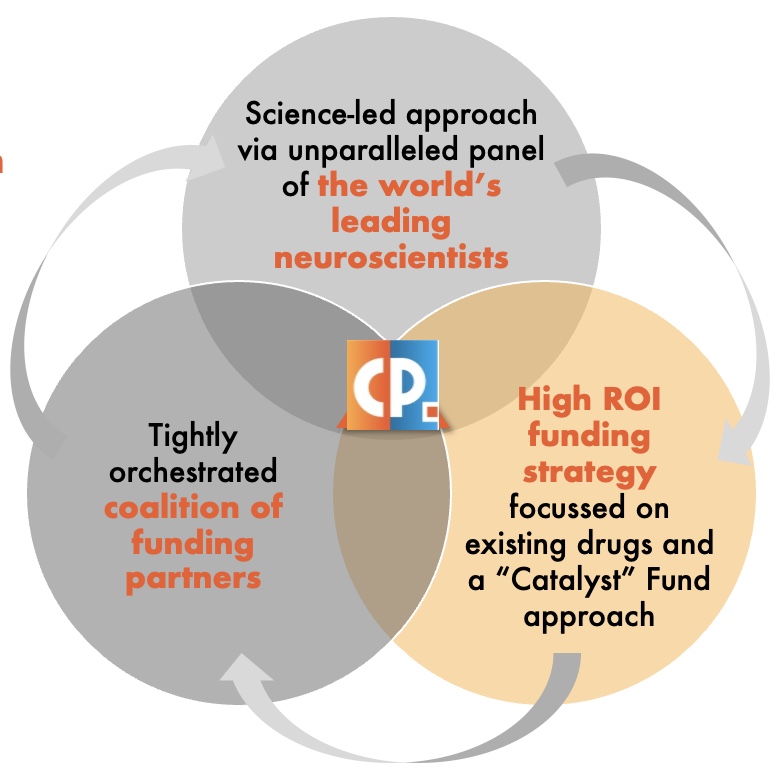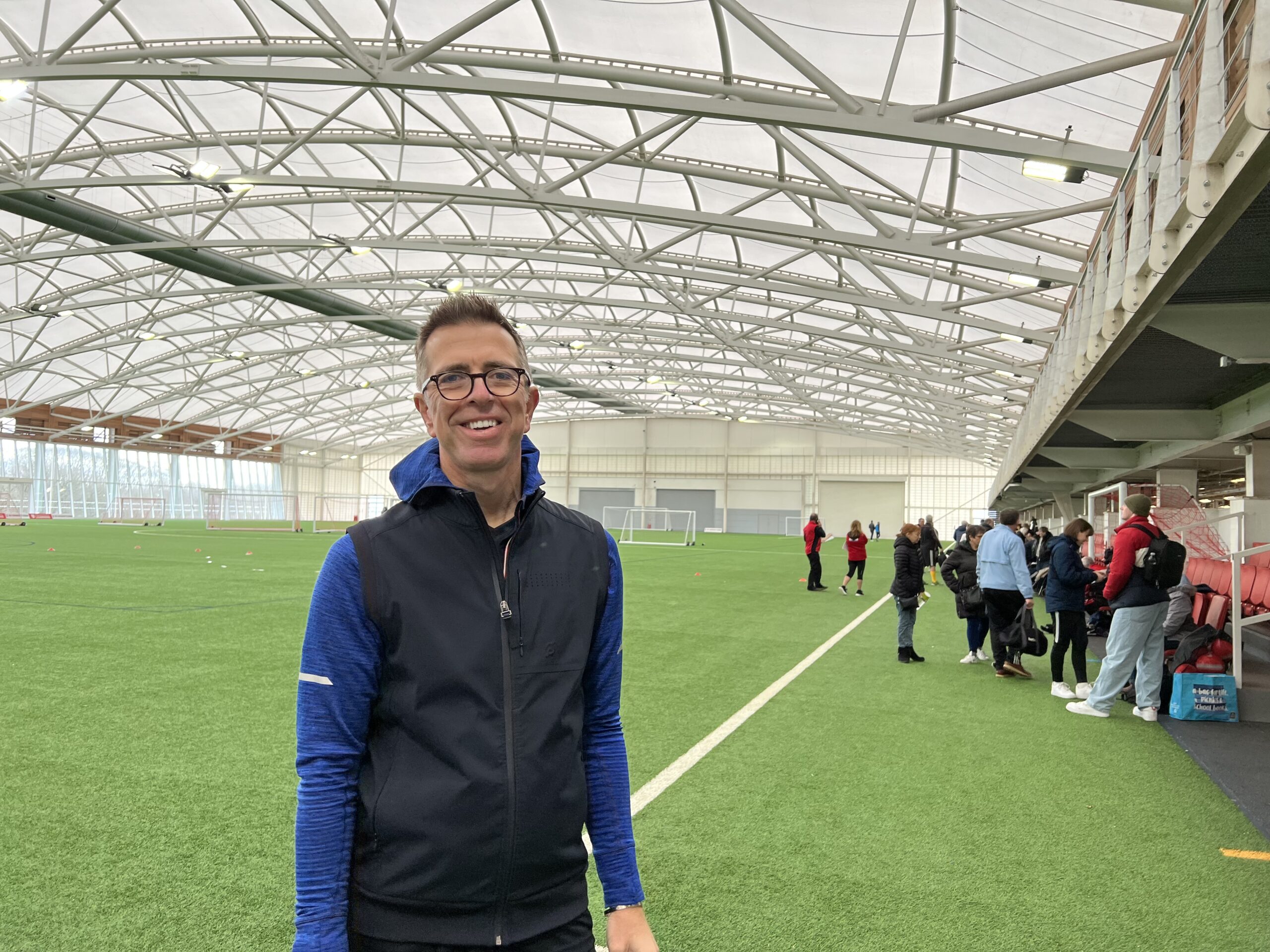With a global pandemic in full force for the last two and half years, personally it just didn’t feel right to blog about my journey with Parkinson’s. Especially with so many people sick and even dying around the world. I count myself fortunate having managed to avoid COVID all that time. And like so many other people lucky that, if I get it now, advances in global vaccine research, have rendered it no less lethal than the flu.
So here I am with an update, 2.5 years later!

I’m still passionate about making sure we change the image of this terrible disease and remove the stigma attached to it. However, alongside this, having seen what humankind can do together to work globally to develop vaccines for COVID, I’ve taken a deep dive into the world of Neuroscience. I wanted to understand the potential for research to deliver a cure for Parkinson’s. I have been shocked and surprised.
Shocked how little funding this critical research receives. It’s the world’s second largest neurological disease after dementia, and the fastest growing. Today 10 million people around the world are living with Parkinson’s, by 2033 that number will double. 1 in 37 people in the UK will be diagnosed with Parkinson’s in their lifetime. But funding is incredibly limited, even though (for example) it costs the UK £3 billion per year
Cure Parkinson’s
… and surprised at the amazing progress made towards a cure in the last few years, given the lack of funding. Cure Parkinson’s, a relatively small UK charity, punches well above its weight. With a singular laser like focus of finding a cure, they are engaged in two Phase III clinical trials. Given that there are only four drugs in Phase III trials anywhere in the world, that’s very impressive.
Rapid Research
Their approach is to primarily investigate substances that have already been approved for human consumption to treat another medical condition. On that basis it’s possible to significantly shorten the time taken to trial and bring a curative substance to market, versus starting research from first principles. Of course, it also significantly reduces the cost of the shortened research and trial process. Taking this approach, it’s theoretically possible that we could see a cure in the market within five years.

Example : Exenotide
Exenotide is a drug developed to help with diabetes. It stimulates the pancreas to produce insulin, critically important for diabetes patients. It turns out that early research suggests that it can also slow or even stop the progression of Parkinson’s, in some people. This, it seems, is due to the neuro-protective characteristics the drug appears to offer. Phase III trials are underway with a large group of volunteers to prove these curative benefits.

Research studies are prioritised, by a global panel of world-renowned Neuroscientists. From hundreds or even thousands of candidate studies, they prioritise five each year that, in their opinion, are most worthy of further investigation. So far so good, right?
World Renowned Neuroscientists
The challenge is that the charity has been involved in 15 trials over the last 10 years – that’s great. But there is essentially a “back log” of 42 further substances that have been prioritised through this rigorous process that have yet to start in trial. And with current levels of funding will take many years to investigate all of them to conclusion. Fundraising needs to shift into a new gear to accelerate the research into these substances now.
The charity estimates that will cost £326m to complete. They aim to raise £40m themselves, as a catalyst. Their track record is so strong, that through a coalition of other partners, each £ they raise, generates a 7:1 ration of funds from their partner network. These are organisations like the Micheal J Fox Foundation, Van Andel Institute, other charities and also governmental bodies.
Cure Parkinson’s Development Board
Having found the charity and its work so compelling I was eager to help. And last year was appointed at Chairman of their newly formed Development Board. A group of esteemed colleagues, from the business world, focussed on substantially increasing funding to ensure these drugs are investigated rapidly and making the theory of a cure in five years a reality.
Example : Exenotide Phase III Trial
I am also a volunteer on the Exenotide trial. And am injecting myself every week for two years to see if the progression in my symptoms slows or stops. Unfortunately, 50% of the group receive a double-blind placebo. So, there’s an even chance I’m injecting nothing much more than water from a syringe weekly.
Every couple of months I come off my primary Parkinson’s medication, and travel to University College London Hospital (UCLH) to complete standard tests and measure the rate of progression (or hopefully lack of) in my symptoms. Its still early days, I am six months into the trial, so it will be fascinating to see what happens. Maybe this is a glimpse of a cure?

But if it’s a cure isn’t that it? Can’t you stop all other research? Well no. Unfortunately, different people react differently to different drugs, and Exenotide (for example), only works for some patients. And when we say “cure” our definition is a substance that has curative benefit to slow, stop, or even reverse the effects of Parkinson’s. If we had something that could slow Parkinson’s, we would still like to see if we could go further to find something that stops it, or eventually reverses it.
Everything Else
Importantly I don’t spend all my time living with Parkinson’s and then volunteering to talk about it in my spare time and working with the charity. I retired as CEO of Exact in the Netherlands at the end of 2020 and came back to the UK (I’m still a board member, and proud of the new management teams achievements). My intention is to do the things I might have done later in life now, whilst I am still able to. That includes spending more time with my wife Jess, and our family. Travelling and enjoying ourselves. Trying new hobbies like Gardening, Bee Keeping, & Clay Pigeon Shooting

It also includes staying fit and healthy with plenty of exercise, the best tonic against the ravages of Parkinson’s. It seems keeping your brain engaged and active is just as important as exercise for your body. That’s one of the reasons I have started a couple of projects to keep my brain sparkling, including doing some work with Livingbridge, a Private Equity investor, and creating my very own start-up – which remains under wraps for the next few weeks until its launched.
We need your help!
Thanks for being interested and reading this article. We do desperately need more funds to go faster and do more research into Parkinson’s. If you would like to make a donation that would be amazing, Try this link to my JustGiving page





No Comments